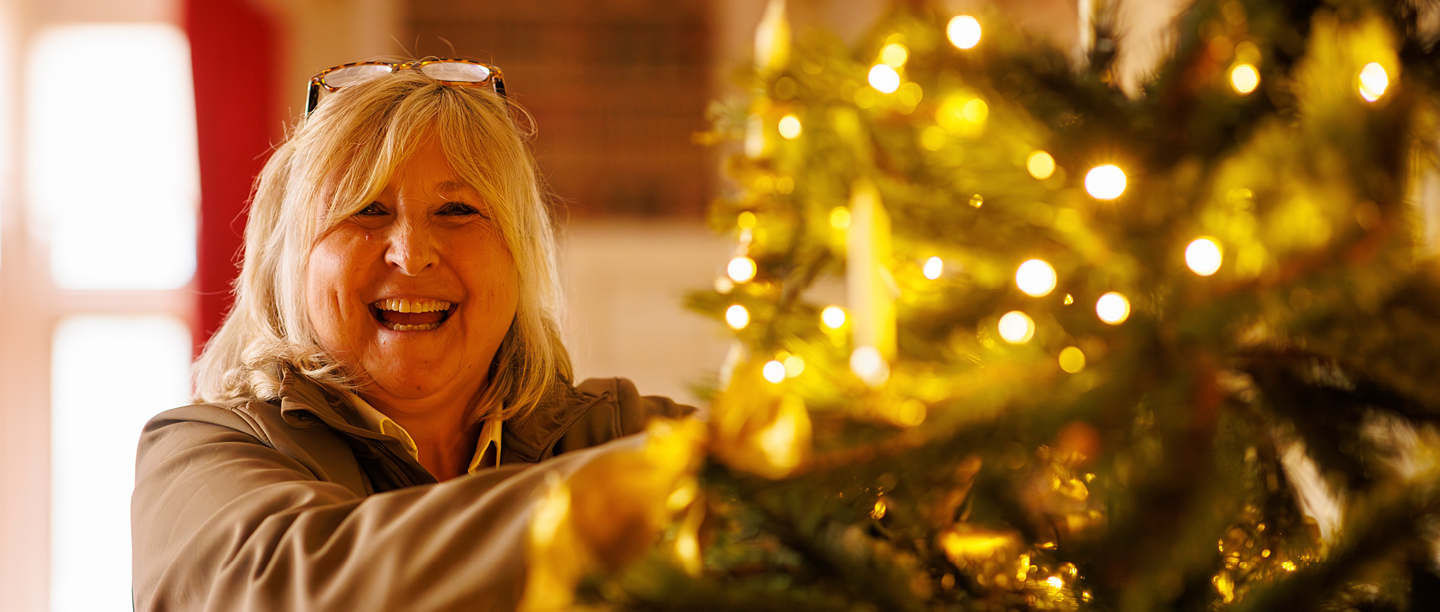Medieval Tradition
This year, why not do as our medieval ancestors did and leave up your festive adornments until Candlemas on 2 February?
The theory that it's bad luck to leave decorations up beyond Twelfth Night (around 6 January) is a modern take on the tradition, but doing so used to be normal practice in the medieval period.
Falling exactly 40 days after Christmas, Candlemas (or the Feast of the Purification of the Blessed Virgin Mary) was observed as the official end of Christmas in medieval England. The date itself was a great feast day and is so called because candles intended to be used in churches in the coming year would be blessed on that day. There were also candlelit processions in honour of the feast.
The Real Twelve Days of Christmas
You're probably familiar with the famous carol featuring birds, gold rings and leaping lords but do you know what the twelve days of Christmas would have really involved? In this festive episode, we reveal the religious symbolism behind the twelve days of Christmas and look at how people celebrated them throughout history.
Candlemas
Evidence that decorations were kept up until the evening before Candlemas is well documented. To this day, Christmas cribs remain in place in many churches until Candlemas, and their removal is described in an early 17th-century poem:
Ceremony Upon Candlemas Eve, Robert Herrick (1591-1674)
Down with the rosemary, and so
Down with the bays and misletoe;
Down with the holly, ivy, all
Wherewith ye dress’d the Christmas hall;
That so the superstitious find
No one least branch there left behind;
For look, how many leaves there be
Neglected there, maids, trust to me,
So many goblins you shall see.
Make your own Christmas Wreath
Discover the history of festive foliage and Christmas wreaths from Louise Ellis, Head Gardener at Audley End House and Gardens, as she prepares the house for Christmas.
Christmas in the Middle Ages
In the Middle Ages, houses would be decorated with greenery for the Christmas season on Christmas Eve day. The feast of Christmas started at around 4pm on Christmas Eve afternoon and continued until the Epiphany on 6 January.
Dr Michael Carter, English Heritage’s Senior Properties Historian, explains:
Contrary to popular belief, the Christmas season actually continues right through to Candlemas on 2 February - so there's no real reason why you should take your decorations down earlier.
The tradition that it is bad luck to keep decorations up after Twelfth Night and the Epiphany is a modern invention, although it may derive from the medieval notion that decorations left up after Candlemas eve would become possessed by goblins!
MORE TO EXPLORE
-

Things to do in winter
Find plenty of things to do during the colder months at our historic sites. From winter walks to family-friendly adventure quests, there's something to keep everyone entertained this festive season.
-

English Heritage gardens in winter
There's nothing like a fresh winter walk through a beautiful historic garden. Our sites are enchanting in the colder seasons, and now is the perfect time to make the most of sparkling wintry views.
-

Become a member
As an English Heritage member you can delve far deeper into our history. Join today to get unlimited access to the spectacular places where history really happened.
